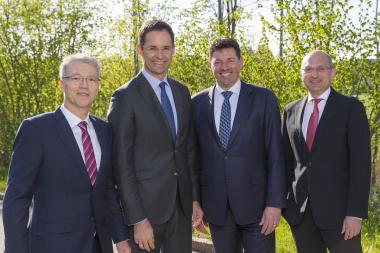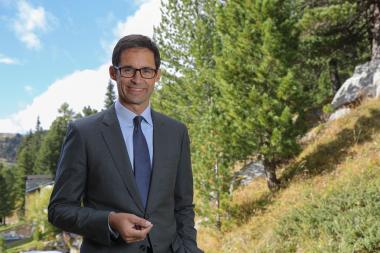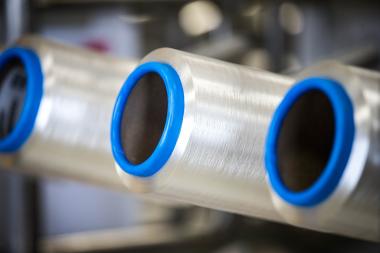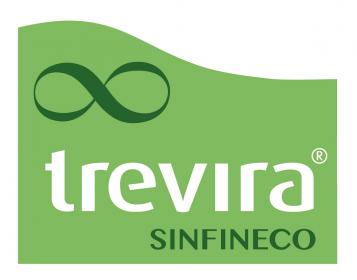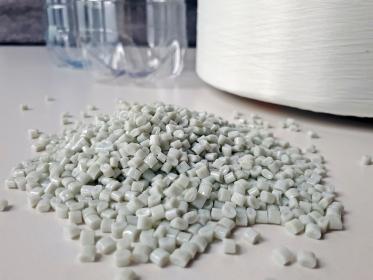Oerlikon Neumag at Domotex 2018
Cost-efficient BCF yarn production for demanding processes with Sytec One from Oerlikon Neumag
Cost-efficient production of carpet yarns beyond commodity products can constitute a challenge. Highly standardized production systems must strike compromises with regard to throughput, quality or cost-efficiency. At the Domotex 2018, the world's largest trade fair for floor coverings, Oerlikon Neumag will present the Sytec One solution for demanding BCF processes.
The Sytec One is a BCF plant with only one end per position. Due to this single-end characteristic, it is particularly well suited for demanding production processes, such as recycled polyester or fine filaments. The reason: In the event of a yarn break, only one end breaks. All the other positions are not affected and continue to run. As a result, this plant has a higher efficiency compared with a multi-end technology plant. For example, with ten breaks a day, the efficiency of the Sytec One is still over 98%, while a threeend technology achieves only 92% efficiency.
Higher productivity due to the straight yarn path
The machine concept of the Sytec One with its absolutely straight yarn path in spinning and texturing also enables significantly higher process speeds compared to multi-end technologies. This results in a speed increase of up to 15%. In addition to standard processes, more demanding processes with higher break rates play an increasingly important role. "The product mix is critical to the choice of technology," said Martin Rademacher, vice president of sales Oerlikon Neumag. "We are in the comfortable position of being able to offer our customers both a single-end and a three-end technology."
©Oerlikon Marketing, Corporate Communications & Public Affairs





